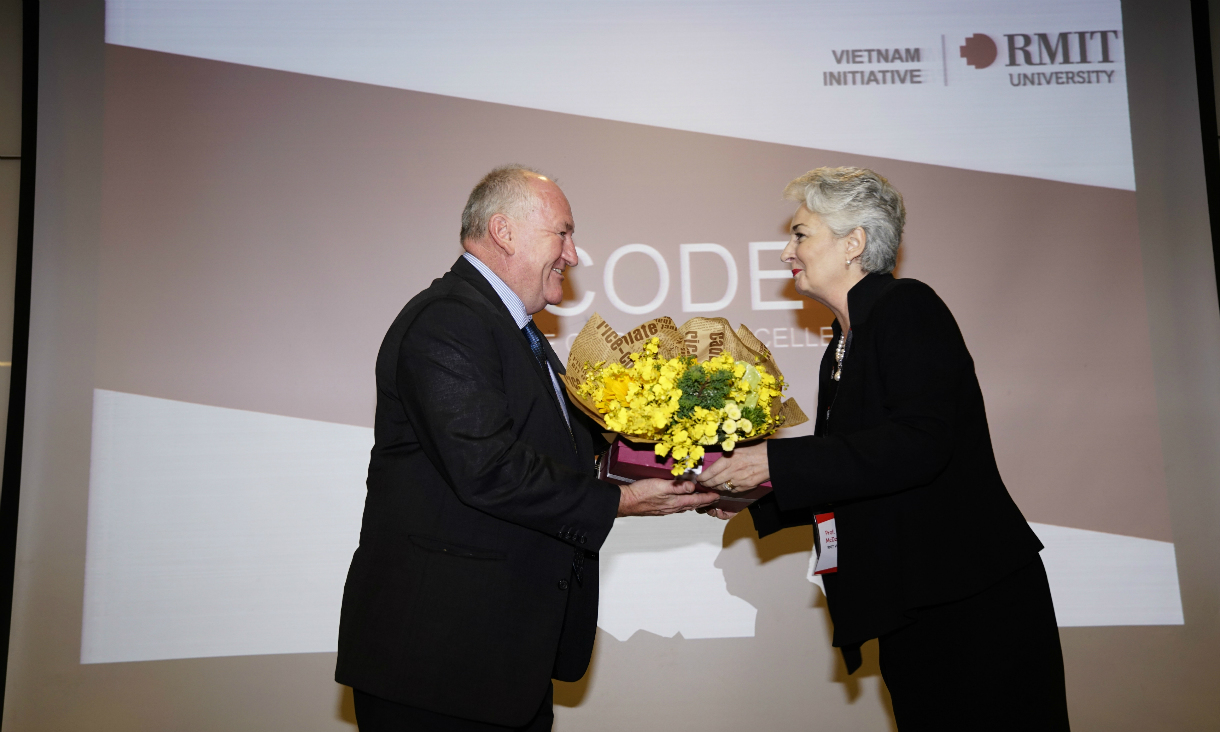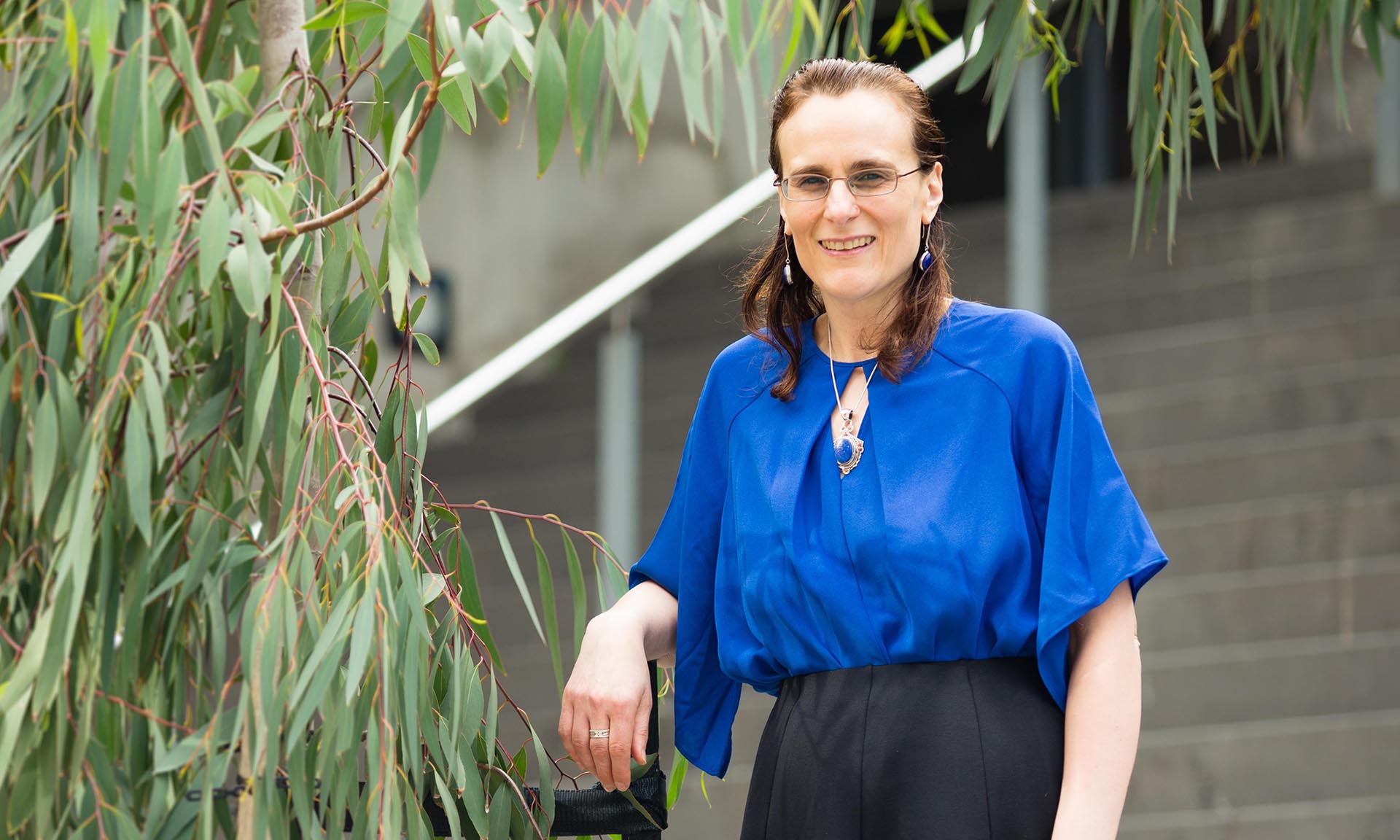These gaps are closely linked to social exclusion and disadvantage, with affordability a key challenge.
The second Australian Digital Inclusion Index reveals a four-year picture of online participation across Australia, examining the three areas of online access, affordability and digital ability.
The 2017 Index was compiled by researchers at RMIT, in partnership with the Centre for Social Impact at Swinburne University of Technology, Telstra and Roy Morgan Research.
The study, led by Professor Julian Thomas from RMIT’s Digital Ethnography Research Centre, is the nation’s most detailed survey of digital inclusion.
Thomas said that there are still around three million Australians who are not online and as a result are missing out on the education, health, social, and financial benefits that come with being connected.
Australia's Digital Inclusion Index currently stands at 56.5 from a possible 100 points. This is up two points from last year's index (54.5).
“Nationally, digital inclusion is improving, but there is much more work to be done,” said Thomas.
"Being connected is fast becoming a necessity, rather than a luxury.
“The divide is getting deeper, and the challenge to make the Australian internet more inclusive is becoming more urgent.”
Professor Jo Barraket, Director of the Centre for Social Impact Swinburne, said that the Index shows that digital inclusion follows some clear economic and social contours. Australians who have lower levels of income, education and employment are less likely to be online, as well as Indigenous Australians and people with a disability.
In 2017, people in low-income households have a digital inclusion score of 41.1 -- 27 points lower than those in high-income households.
“Digital inclusion has become fundamental to participation in economic and social activities at a community, national and global level,” Professor Barraket said.
“The Index is a vital information tool to shine a light on areas of exclusion and with four years of data we’re now able to get a longer term view of trends that are significant.”
Affordability also remains the challenge for those on a low income. While the value of online services has improved, people are adopting more services and spending more on them.
“Affordability is a key dimension of the Index because the internet is now so important for accessing a wide range of education, government, health and business services,” said Thomas.
“It’s vital that these services can be used by those who need them most. Any decline in affordability is a serious concern for Australians on fixed or low incomes, who risk missing out on the benefits of digital technologies, and falling further behind more connected Australians.”
Telstra’s General Manager of Digital Inclusion Nancie-Lee Robinson said that the Index was being used by Telstra partners across the community, government, education, and corporate sectors who are focused on addressing digital inclusion.
“We wanted to help create an information tool to inform not only our work in addressing digital inclusion – but that of others in this space. Over the past 12 months we know that our partners have been using this information to focus and refine their work to address digital inclusion gaps,” Ms Robinson said.
“As we continue to head down the digital highway, being online is becoming a pre-requisite, not a choice, and those who are excluded will become significantly more marginalised. The Australian Digital Inclusion Index is about understanding the drivers of digital inclusion to help us bridge the gap.”
Other key findings of the 2017 Index include:
- Digital inclusion gaps are widening between older Australians and younger Australians, and those on low incomes compared to high income earners.
- Digital ability remains a key area for national improvement, with skills and confidence identified as a significant barrier to Australians maximising the benefits of being online, especially older people.
- Geographical disparities exist across Australia, with some areas showing higher digital inclusion than others, including capital cities compared with regional areas.
- Mobile-only users are less digitally included than multi-platform users, with mobile-only consumers linked closely to socio-economic factors such as lower levels of income, education and employment.
To view the full Australia Digital Inclusion Index 2017 Report, visit http://digitalinclusionindex.org.au
Story: James Giggacher





